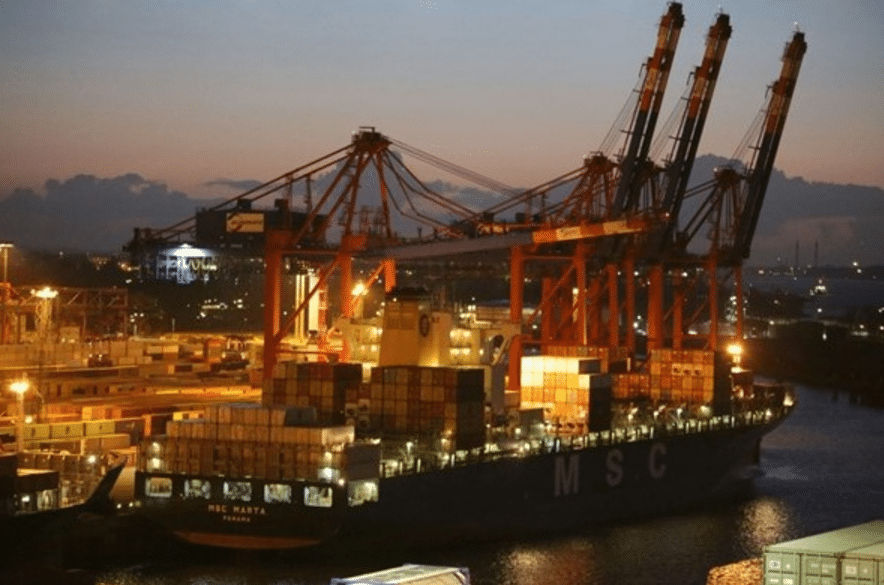Maritime transportation has enjoyed success for many centuries. Despite the emergence of other forms of transporting goods, the delivery of cargo by ship is still a frequently used means of transferring various goods, from general cargo to bulky products to oil or other raw materials and hazardous materials. However, with maritime transportation comes the presence of a number of dangers that must be dealt with at the stage of organizing as well as carrying out the transport. Find out what maritime transportation safety covers today and how the transported goods are secured.
Maritime transportation security – challenges
Despite technological advances, the maritime transportation industry today has to contend with numerous risks. Weather conditions, proper selection of routes and proper navigation are still important when transporting cargo by ship, but so is the presence of obstacles such as oil spills. Maritime terrorism or issues related to fleet efficiency and adequate crew preparation, especially in case of emergencies, are also still a threat.
Improper securing of the cargo itself on ships is also a threat to maritime transportation. Sometimes the transported goods themselves can pose a threat to the entire shipment, especially if they are flammable products or explosives.
Securing marine transportation – what should be kept in mind?
In order to minimize the risk of mechanical damage to cargo during sea transportation, appropriate rules are applied for the arrangement of goods in containers and their proper securing with various types of straps or filling free spaces with special dunnage bags. It is also important to evenly distribute the cargo and match the type of securing to the goods. In the case of equipment or machinery that does not have its own packaging, for example, VCI films, security films or trusses are used to protect the floor.
It is also important to prepare proper documentation of the container and the cargo being transported, and to properly arrange the containers on the ship, along with securing them. The container must be secured and not overloaded, and fitted with an appropriate seal and seal. For particularly demanding products such as food, for example, temperature monitoring sensors and the right types of containers themselves to maintain the proper temperature are also needed.
Responsibility and technology vs. maritime transport safety
In the implementation of safe sea transportation, it is very important to choose a proven carrier and shipping company that stands out for its experience, use of modern technology and has a properly trained crew. Monitoring of the various stages of transport, contact during the execution of the order or comprehensive implementation of the transport with support at each stage are valuable determinants for carrying out safe transportation of cargo to the country.
It is also worth checking before entrusting marine transport to a given company what type of means of transport will be used to deliver goods to their destination and pay attention to the forms of security used for transported cargo.
